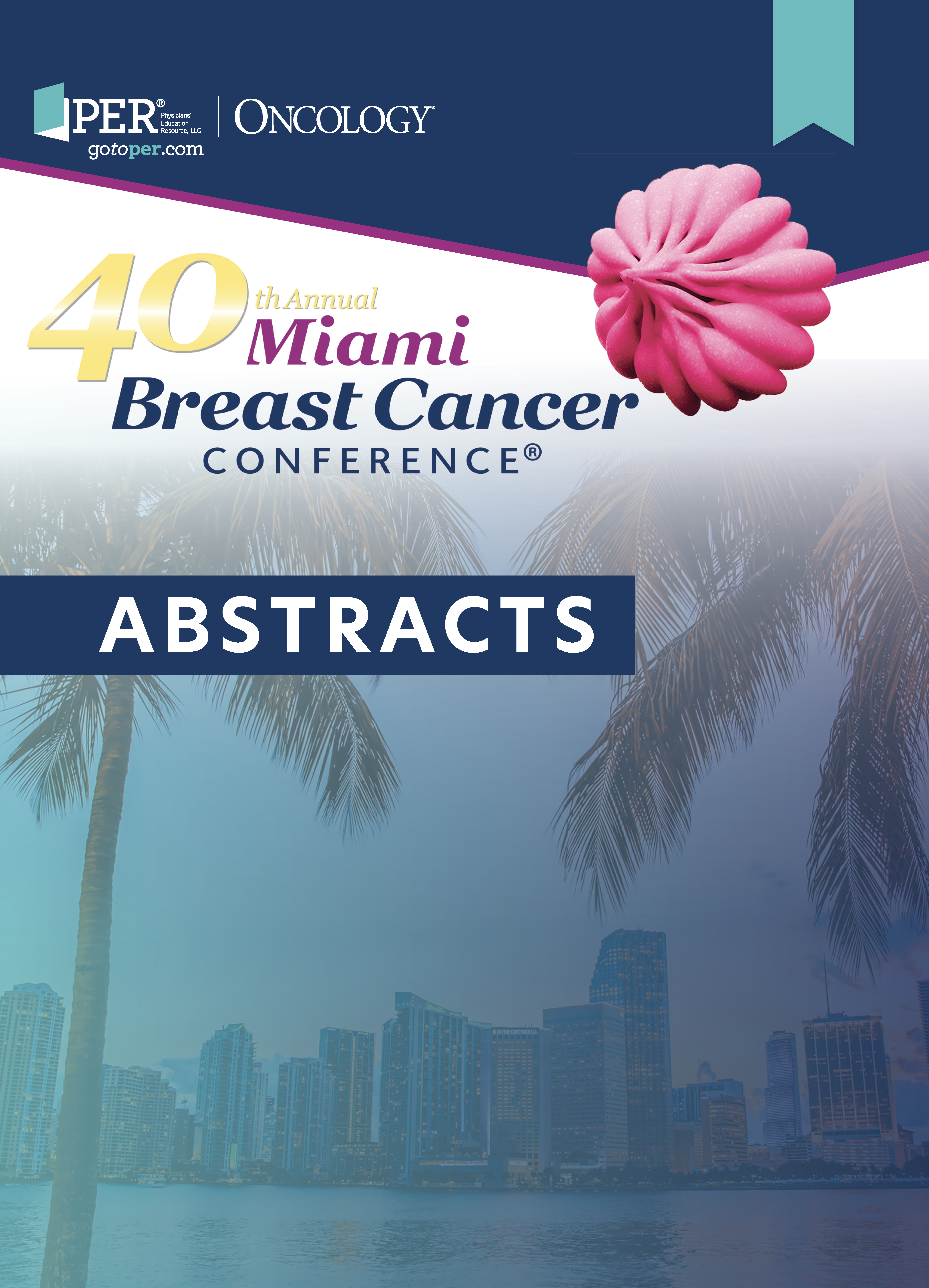2 Molecular Characterization of HER2-Low Patients Identifies Basal-Enriched Subset With Poor Clinical Outcomes in Real-world Data
Background/Significance
Recent groundbreaking work has shown that patients with lower levels of HER2-expression (HER2-low) may benefit from treatment with trastuzumab deruxtecan—a HER2 antibody-drug conjugate that is FDA-approved treatment for HER2- positive (HER2+) patients and thus can represent a new molecular subtype. In fact, this HER2-low patient population is enriched with luminal disease but is clinically heterogeneous and outcomes have therefore not been extensively characterized due to the lack of annotated multimodal real-world data (RWD). We used Tempus RWD to identify unique HER2-low subtypes using RNA sequencing and compare outcomes across subtypes.
Materials and Methods
We retrospectively analyzed 1545 breast cancer samples from the Tempus database tested with the Tempus xT assay that includes whole-exome capture RNA-seq. Only tumors with known HER2 status determined via immunohistochemistry [IHC] and/or FISH were included. A HER2 RNA gene signature was developed by comparing HER2– (n = 464, IHC 0+) and HER2+ (n = 161, IHC 3+ or IHC 2+ and FISH+) patients—controlling for HR status—to identify genes associated with HER2 overexpression. This HER2 signature was used to stratify independent HER2-low samples (n = 920, determined by IHC 1+ or IHC2+ and FISH–) via hierarchical clustering. Treatment use in this cohort was not assessed. Clusters were subsequently assessed according to clinical, demographic, and molecular factors including PAM50 molecular subtype classification of the RNA signatures. Real-world progression-free survival (rwPFS) was evaluated based on progression and death captured through manual expert abstraction for a subset of stage 4 patients (n = 336) and estimated via Kaplan-Meier analysis.
Results
HER2-low patients were clustered according to our HER2 expression signature identifying 3 distinct molecular clusters. Stage and demographic distributions (race, ethnicity, age) were similar across clusters. Of note, cluster 3 (n = 186, 20% of the HER2-low population) was significantly enriched in hormone receptor negative (HR–) patients (p < 1e-5) and had lower ERBB2 RNA expression (p < 1e-5). Interestingly, molecular characterization using PAM50 demonstrated that cluster 3 was predominantly a basal-like subtype, whereas luminal-like samples dominated cluster 1 and 2, and cluster 2 had the largest composition of HER2-like samples. Strikingly, cluster 3 stage 4 patients (n = 57) had a median rwPFS that was significantly shorter (>12 months) than cluster 1 and 2 stage 4 patients (n = 279, HR >1.66, P <2e-2).
Conclusions
Tempus multimodal RWD reveals that HER2-low breast cancers are comprised of distinct molecular subtypes. In a preliminary analysis, a cluster of HER2-low, predominantly basal-like patients demonstrated dramatically worse outcomes than other clusters. These data further emphasize the importance of using RNA expression to fully characterize clinically relevant subpopulations. Further prospective studies are urgently needed to assess treatment response in this heterogenous emerging HER2-low distinct population.
AFFILIATIONS:
Talal Ahmed,1 Daniel Stover,2 Adam Hockenberry,1 Matthew Mackay,1 Raphael Pelossof,1 Halla Nimeiri,1 James L Chen,1,2 Rotem Ben-Shachar,1 and Massimo Cristofanilli3
1Tempus Labs, Inc, Chicago, IL.
2The Ohio State University, Columbus, OH.
3Weill Cornell Medicine / NY Presbyterian Hospital, New York, NY.
